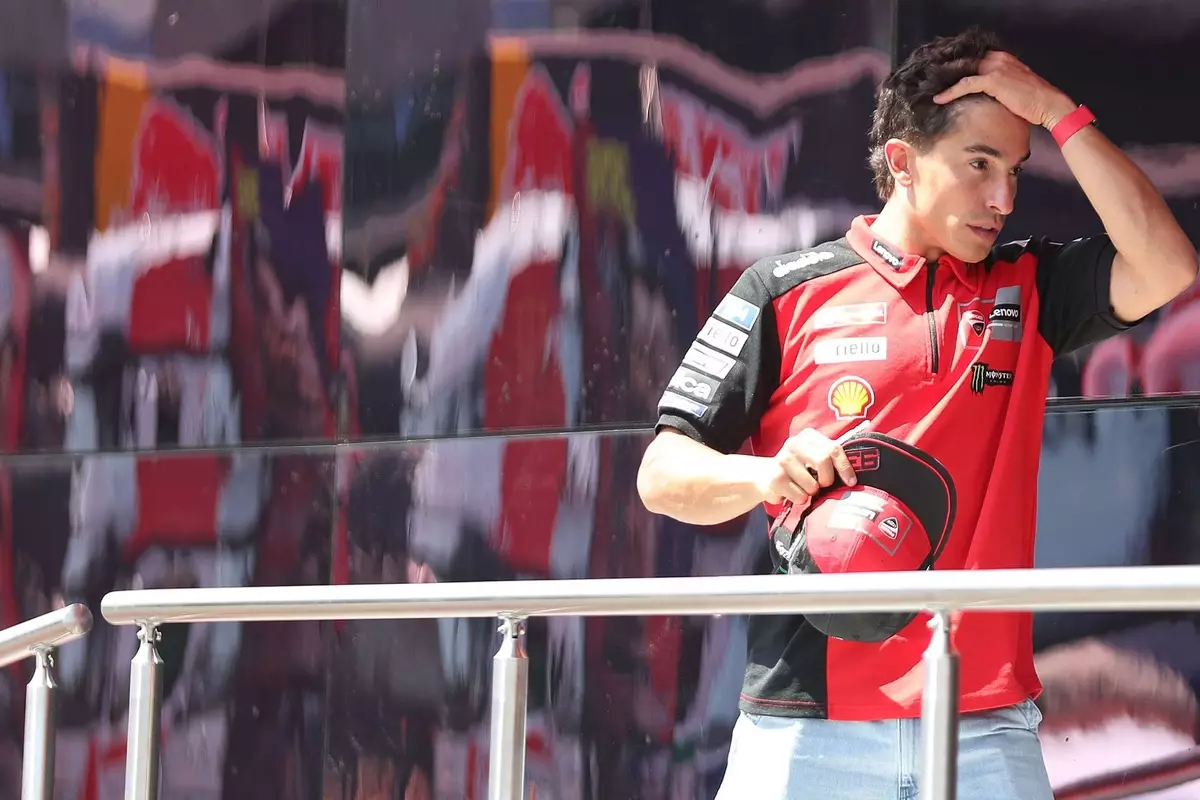In the high-octane world of MotoGP, technological advancements are often seen as the pinnacle of innovation, pushing riders closer to their limits while aiming to improve safety. Yet, recent developments, such as the introduction of new stability control systems at this weekend’s Austrian Grand Prix, have ignited a fierce debate within the paddock. While the governing bodies claim that these electronic aids are safety measures, seasoned riders like Marc Marquez and Pedro Acosta view these changes as threats to the raw skill and competitive spirit that define motorcycle racing. It’s a fundamental collision between progress and tradition, raising questions about the essence of racing and the role of rider agency in an increasingly electronic-driven sport.
The Rationale Behind the New Stability Control System
The newly introduced software aims to curb dangerous highside crashes by limiting engine torque when the bike begins to slide excessively. Officially, the move is presented as a safety enhancement—a way to protect riders from catastrophic lowsides that have marred the sport’s history. However, the implementation is nuanced. The system’s design allows teams to opt-in, but without the ability to disable it, effectively making it a mandatory aid for competitive advantage. This shift challenges the ingrained ethos of MotoGP, which historically emphasized rider skill as the primary determinant of success, with electronics playing a supportive rather than dominant role.
Adding complexity to this debate, MotoGP has announced plans to restrict ride height devices and holeshot assists starting in 2027, alongside new aerodynamic regulations. These moves signal a broader strategy to reduce the dependence on electronic aids and favor rider talent. Paradoxically, the stability control system appears to jog in the opposite direction, insinuating that safety and rider skill might be at odds in the sport’s evolution.
The Riders’ Perspectives: Resistance to Over-Automation
Marc Marquez, renowned for his aggressive riding style and resilience, has expressed clear objections. Having suffered multiple highside crashes—including a near-fatal incident in 2020—Marquez perceives electronics like this stability system as diminishing the rider’s ability to influence the outcome fundamentally. His words echo a sentiment that over-reliance on technology could undermine the very essence of racing: human skill, instinct, and courage.
Pedro Acosta, a prodigious talent and considered among the most naturally gifted riders, shares similar reservations. His advocacy for removing such aids suggests that he believes these systems could hinder the development of intuitive riding. For Acosta, the future should prioritize reducing reliance on electronics and emphasizing rider proficiency as the ultimate determinant of success, aligning with the sport’s traditional values.
However, not all opinions are negative. Marco Bezzecchi, representing Aprilia, views electronics’ role as a temporary leveling agent rather than a game-changer. He argues that once riders master these systems, the inherent skill gap will reemerge, determining victory despite technological aids. This perspective echoes a common belief in motorsports—that talent and experience will always prevail in the long term, regardless of technological crutches.
Implications for the Sport’s Evolution
The introduction of the stability control system symbolizes a broader philosophy clash: should MotoGP prioritize rider autonomy or embrace technological interventions for safety and competitiveness? While the official stance is that these aids are designed to prevent rider injuries, critics argue that they risk diluting the sport’s purest appeal—human skill against machine. If electronics begin to dictate every slide, throttle application, or cornering move, the sense of unpredictability and mastery diminishes.
Furthermore, the upcoming regulation changes hint at an ongoing effort to strip away rider aids, keeping the focus on rider skill in the pursuit of a “cleaner” and more traditional form of racing. This push raises questions about whether electronics like the current stability control are just stepping stones or disruptive anomalies. For riders like Marquez and Acosta, their resistance isn’t merely about opposition but a plea to preserve the soul of racing—danger, skill, and human resilience.
As the sport continues to evolve, the balance between technological support and rider agency will remain a contentious issue. Will electronics make racing safer and more predictable, or will they erode the very unpredictability that makes MotoGP inherently thrilling? Only time will tell, but one thing is clear: the debate over rider aids extends beyond technical specifications—it strikes at the core of what MotoGP is and should be.


Leave a Reply